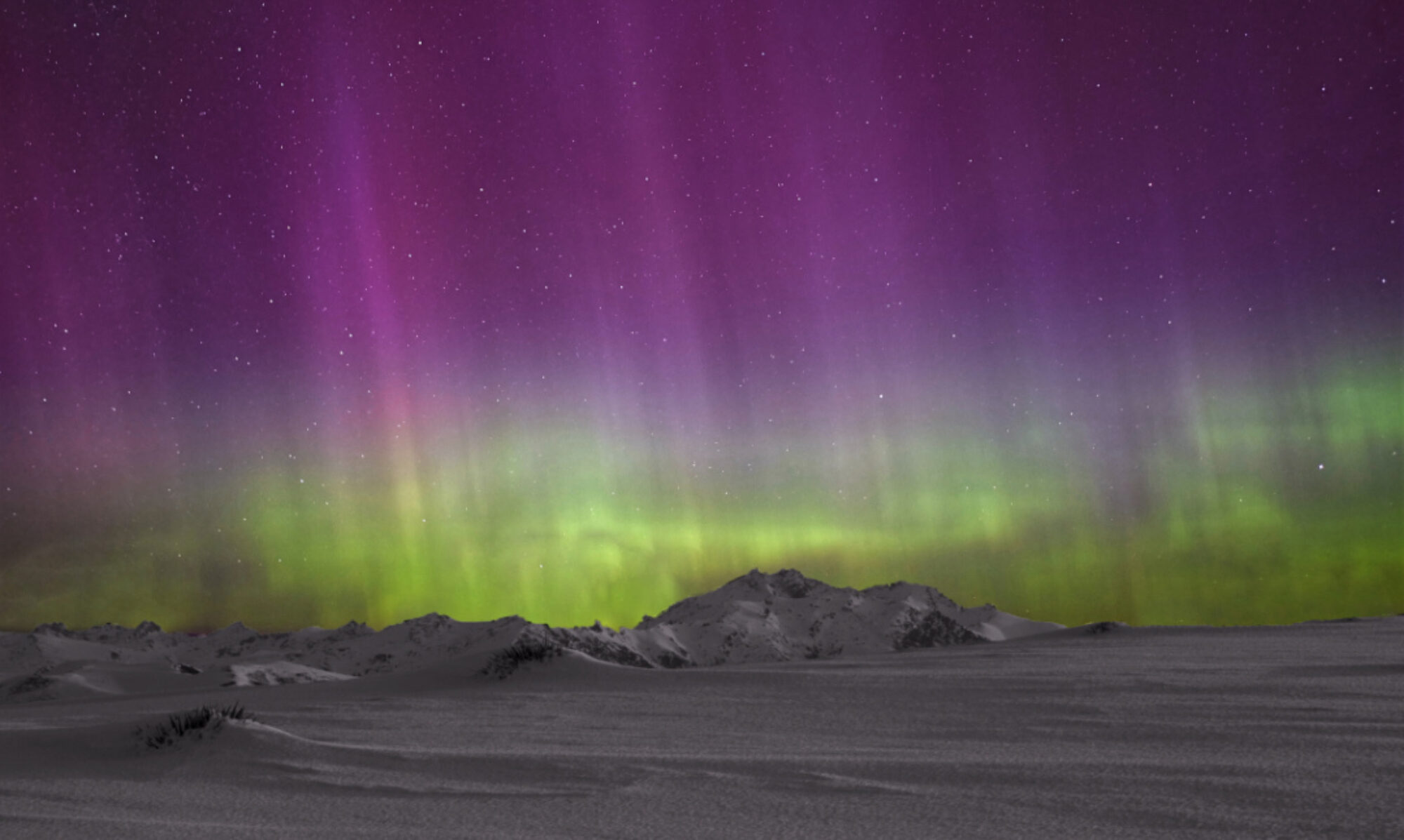An authentic kiwi work day:

Sheep cross the Greenstone River, located a few kilometers down the (gravel) road from Kinloch, beside the lake.
The bridge serves as an access point to the popular Greenstone Caples round-trip tramping track, offering a moderate and relaxing 3-4 day hike.

Capturing the above image while crossing required two things from us:
(It was mind boggling watching about 2000 of them cross a bridge in an orderly manner. A tribute to the stock men and woman that pulled it off with total respect for the animal’s welfare).
- positioning ourselves after receiving prior warning of the upcoming crossing from the farmer above.
- being very considerate of their work with about 2000 sheep. Being mindful was crucial to avoid causing chaos or panicking the stock to their deaths.
As good Kiwi blokes, when we asked if we could hang around and take a photo, the farmer kindly offered us the best advice on where to be. We understood the importance of being considerate (and carrying venison home signaled they were of similar ilk, as it’s a cherished tradition in New Zealand).

Witness the beauty of dawn at Kinloch, located at the head of Lake Wakatipu.
Lake Wakatipu, an inland lake in the South Island of New Zealand, is perhaps better known by the name Queenstown, situated on its eastern shore. Kinloch is positioned at the head of the lake to the west, right beside the primary tributary, the Dart River. Access to Kinloch can be obtained by road through the township of Glenorchy.












